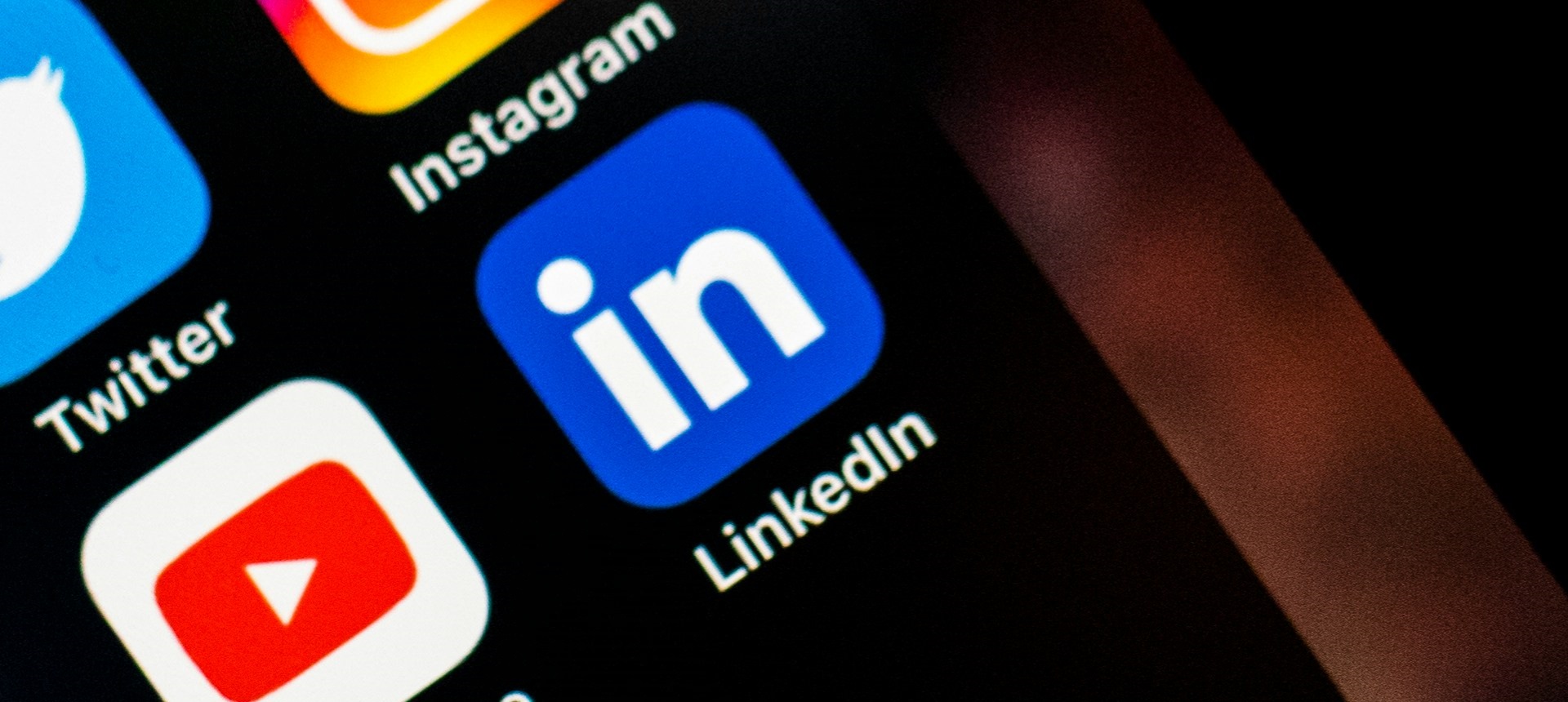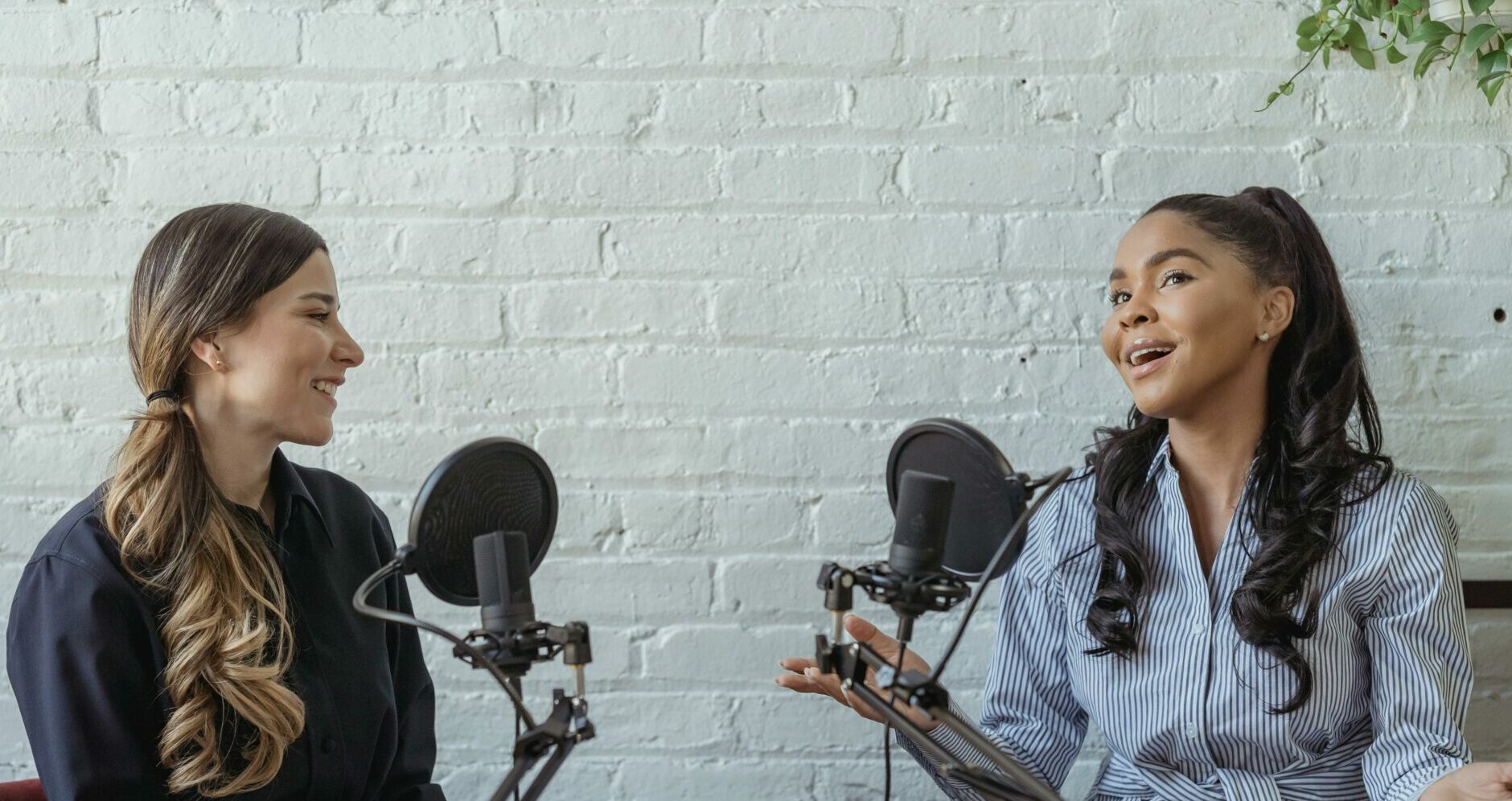We don’t talk about it a lot but we spend some time at Collective Content helping companies and especially their senior executives with their LinkedIn profiles. Sometimes this takes the form of training, other times it’s about hands-on writing. Think of it as the first rung on the ladder for many people’s content marketing. (I know, I know – before I’ve called blogging the one thing to do above all else.) 
In doing this, we’ve learnt something very important. Probably 90 per cent or more of people on LinkedIn are getting it wrong. Here’s why.
What most people do on LinkedIn
You all know this. Most people talk about their experience, about years spent in an industry. About being motivated or innovative. If they’re better than average, they’re specific about accomplishments and avoid management speak.
But it usually feels like a stretch, like they’re not quite sure where to begin. Above all else, they talk about themselves. Why is that wrong, on a professional social network that is, after all, about you?
What most people should do on LinkedIn
The secret – it’s not really a secret, you know – is that you should talk about your employer. Not the person but preferably the organisation, ideally the greater mission or purpose. Make the wider team look good. (Clue: it’s a lot easier to be complimentary and honest about others.) Again, be specific. Talk about projects, accomplishments, what’s good about the organisation, how it helps others.
Repeat for past places of employment. Link out to proof points – articles, awards, Wikipedia entries.
Why this works
In a sense, it’s simple. One of the first rules of content marketing is not to go on and on about your company and its products. In the case of LinkedIn, don’t just talk about yourself in the all-important first 100-200 words.
What happens? Both you and your employer come out looking better. You come across as the kind of person someone else would want. Even if you’re genuinely not in the market for a new role (message to half of all LinkedIn users: LinkedIn isn’t just for job seekers), your company is helped by your profile.
Imagine 50 of its staff helping the wider cause this way. Imagine 500. How about 5,000?
Not everyone has to say the same thing. This isn’t about cut and paste. In fact it’s better when everyone says it their own way.
But you need to be able not to sell yourself – there will come times for that – but, in this very public context, sell those you work for. Don’t call it karma. But it will come back to benefit you.
*photo credit: nan palmero via photopin cc
–
Follow us on Twitter – @ColContent
Need a corporate blog but don’t have the time or editorial expertise? Try Speech-to-blog, a corporate blogging service from Collective Content.








